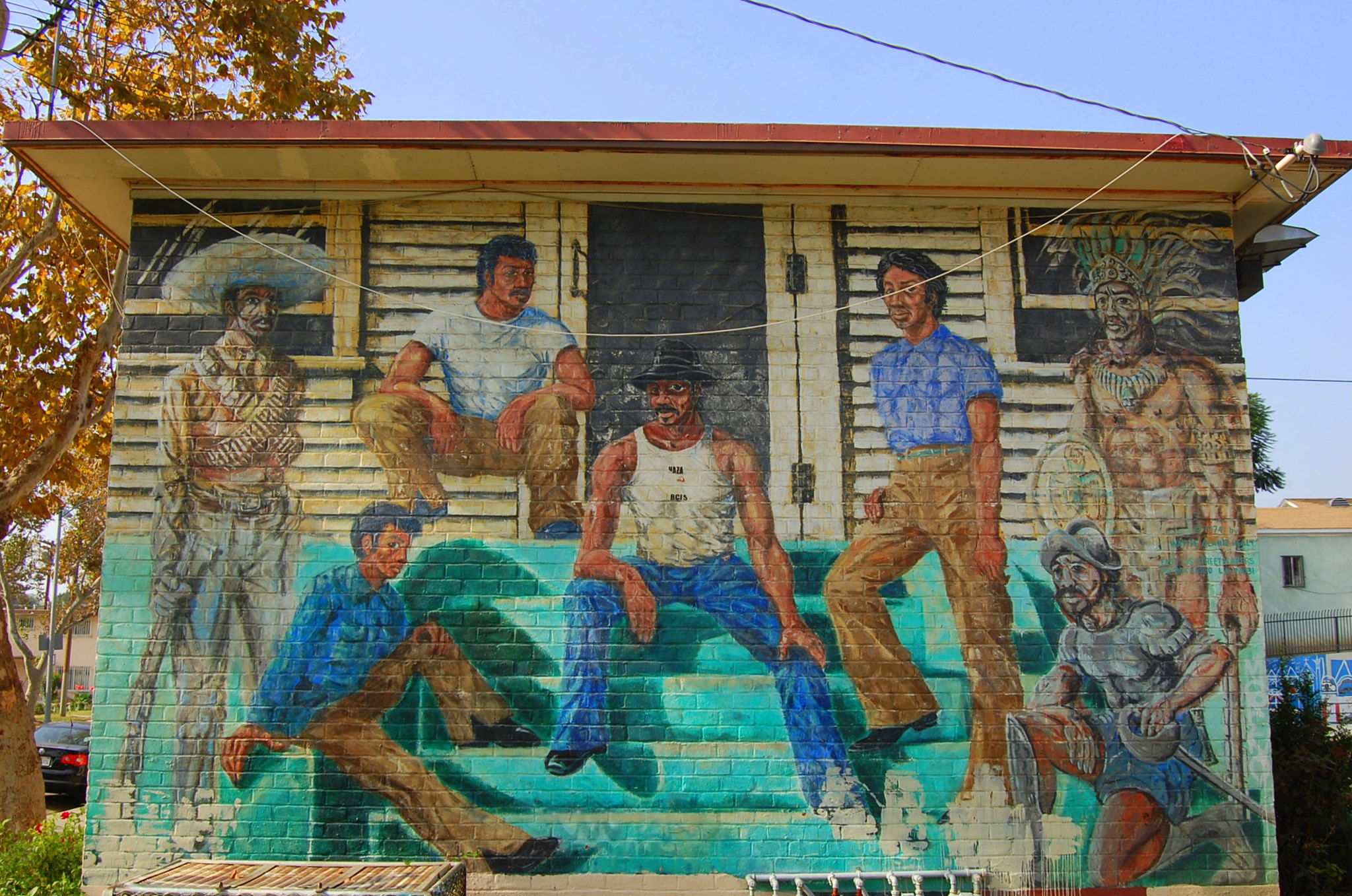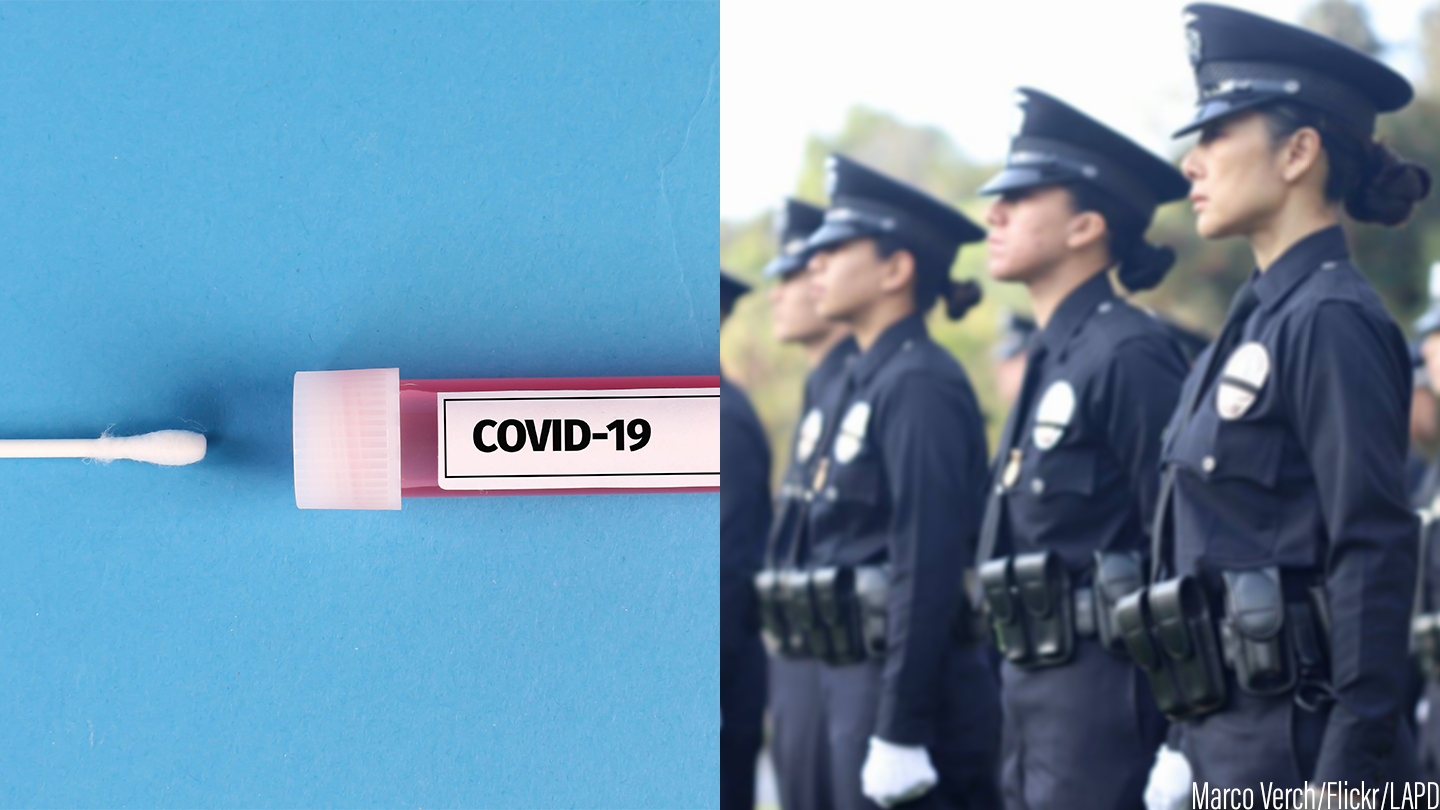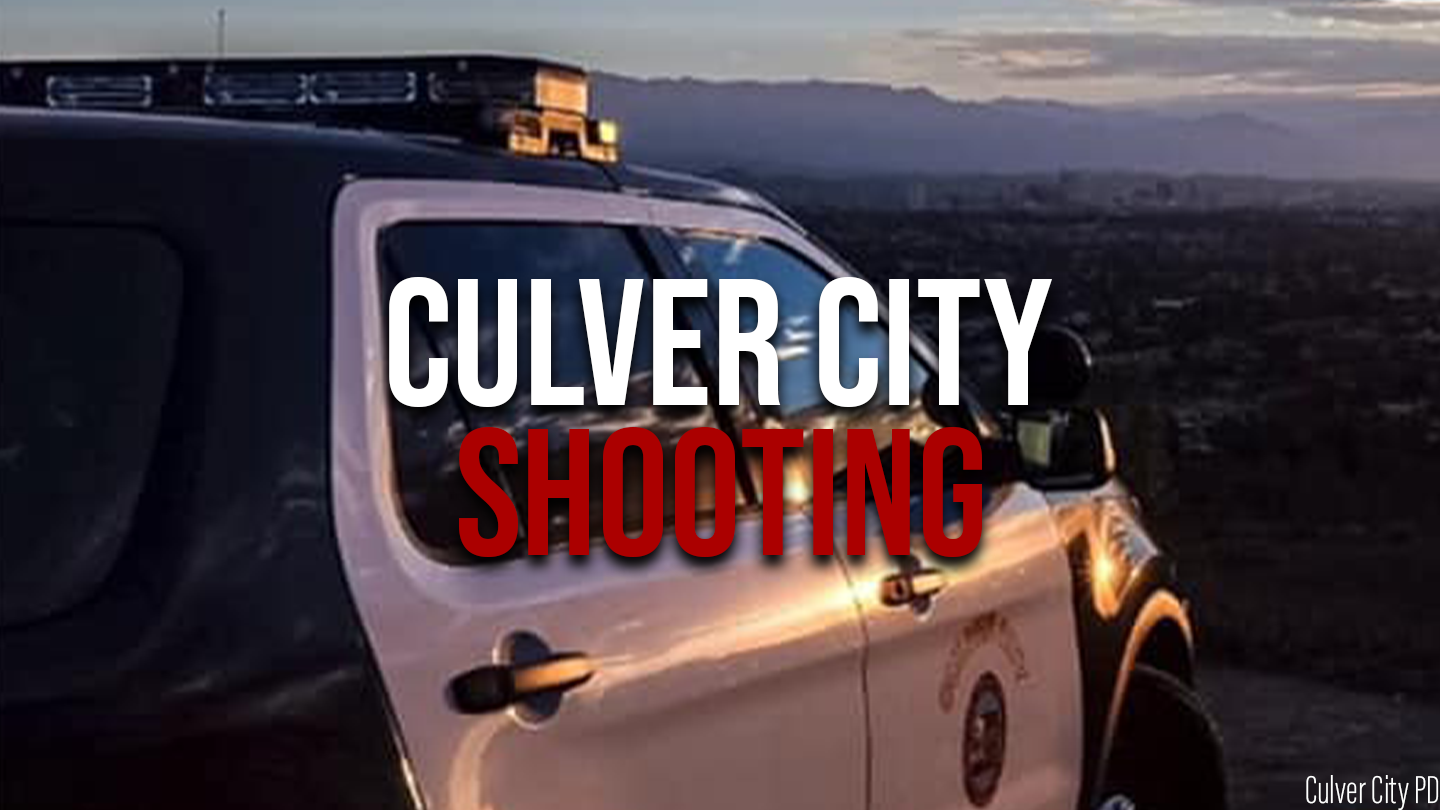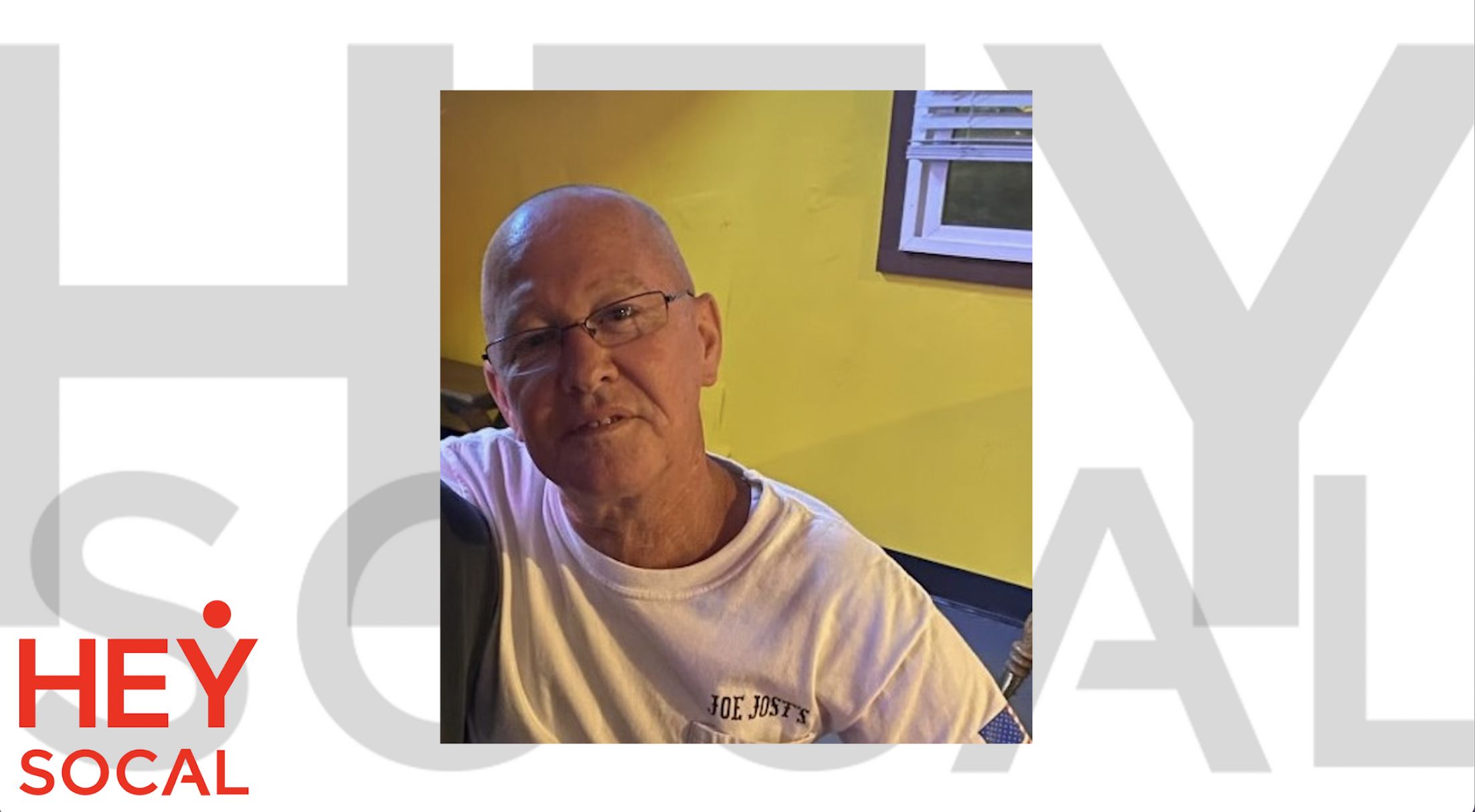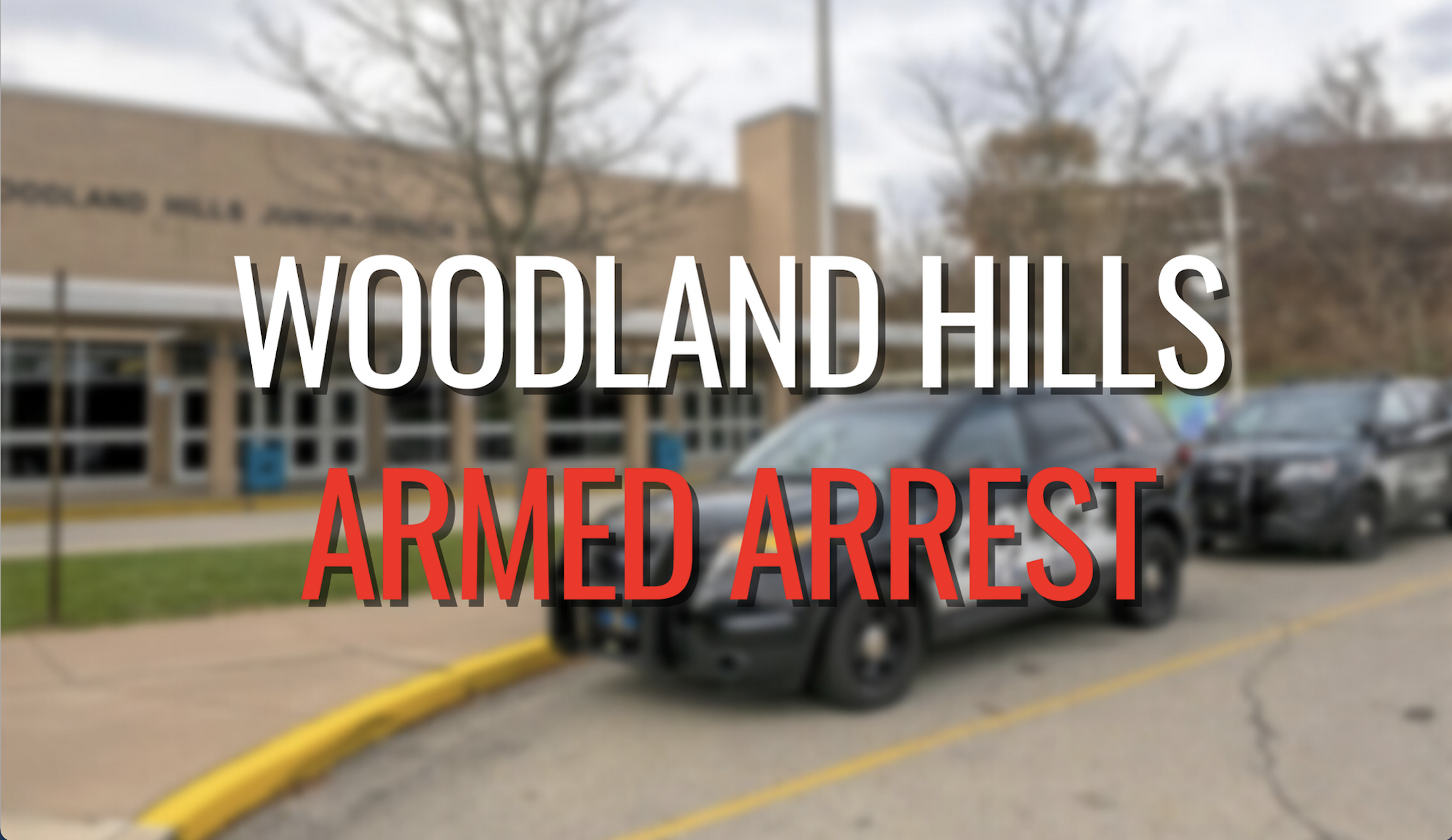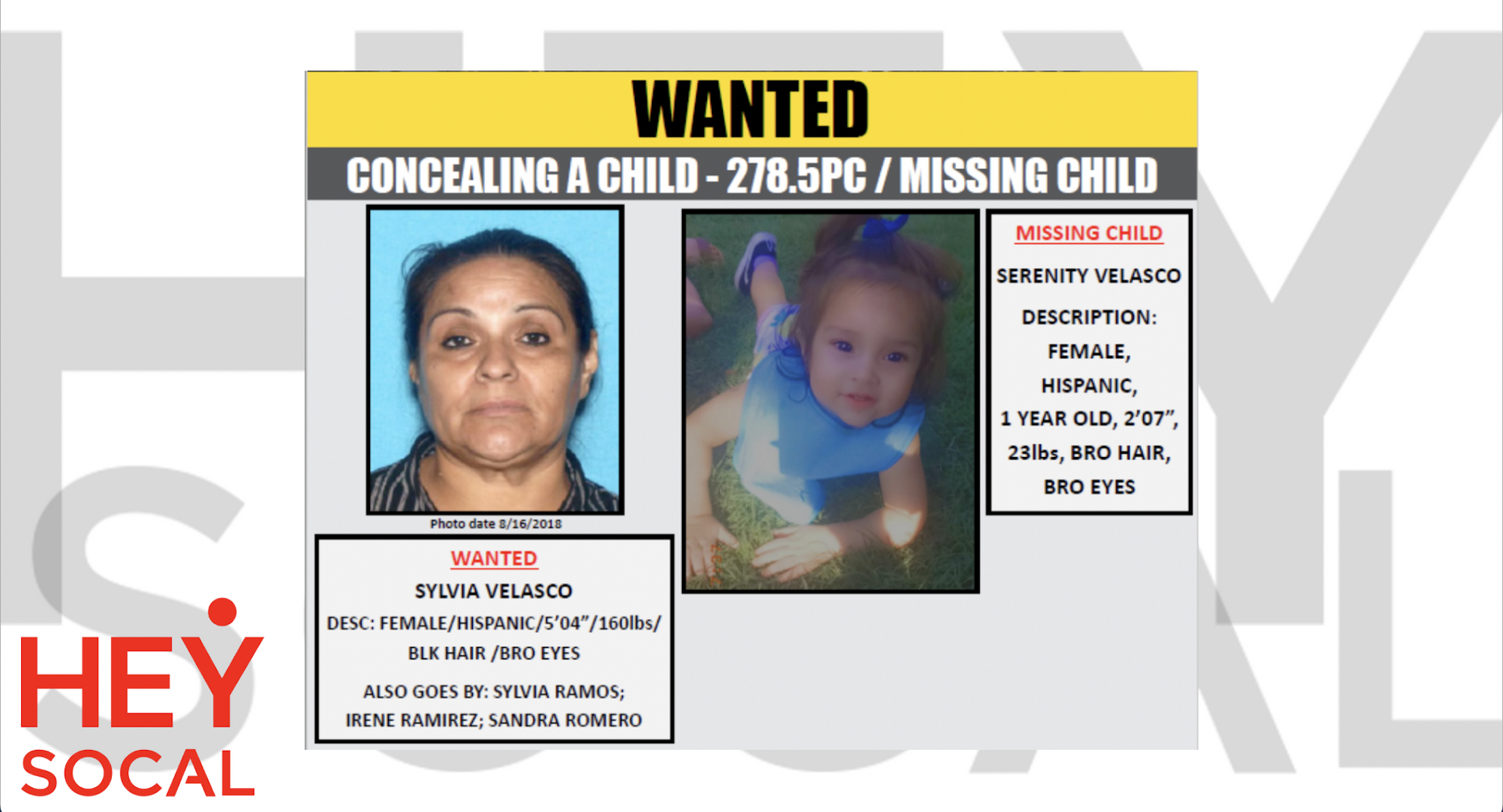By Margaret Shuttleworth
The Los Angeles City Council Tuesday is scheduled to consider adding the Centro de Arte Publico and the Mechicano Art Center in Highland Park to the city’s list of Historic-Cultural Monuments as locations important to the Chicano arts movement.
The City Council’s vote Tuesday comes after the Los Angeles Cultural Heritage Commission and the City Council Planning and Land Use Management Committee voted to recommend council members add the buildings to the list, which designates more than 1,200 historic and cultural locations as landmarks.
The two buildings were nominated to the list by the Highland Park Heritage Trust, which said the buildings “served as pivotal centers for Latino creativity and community in L.A. during the 1960s and 1970s and which currently face the threat of erasure by rapidly expanding community development.”
“Nationally, fewer than 10% of historic landmarks are associated with communities of color. Important places that are historically connected with the struggle for Latino civil rights in the U.S., the Chicano Movement, are at risk of being lost. A recent example of such a loss in Los Angeles was the 2019 demolition of the R Building and Auditorium at Roosevelt High School in Boyle Heights,” Highland Park Heritage Trust President Jamie Tijerina said in a statement to City News Service.
“The nominations of Mechicano Art Center and the Centro de Arte Publico are not only critical for the preservation of Chicano history in Northeast Los Angeles and the Eastside, but they also are a step toward achieving equity in this space.”
The Centro de Arte Publico, located on North Figueroa Street between Avenues 56 and 57, was built in 1923, initially to be a retail store. The Centro de Arte Publico leased the second floor from 1977 to 1978, and nominators said it is one of three organizations that made up the Chicano Arts Collective in Highland Park.
“Stemming from the rise of the Chicano Movement and a drive for self- expression across Los Angeles during the late 1960s, the Chicano Arts Collective played a key role in the empowerment of local Chicano/-a artists from Highland Park,” according to the Highland Park Heritage Trust’s Alexandra Madsen.
The center “directly addressed and sought to realize the revolutionary political and social values for which the wider Chicano Movement advocated,” Madsen said.
The Mechicano Art Center, located on the north corner of North Figueroa Street and North Avenue 54, was built in 1922, also as a retail store. The Mechicano Art Center leased the space from 1975 to 1978.
According to Madsen, it was one of the earliest Chicano arts groups in Los Angeles. Before moving into the property on Figueroa, the center used an abandoned laundromat.
“Besides supporting professional artists, the center also sought to provide creative outlets for amateur artists and community members; it fundraised for community causes and hosted free community classes in drawing, painting, graphic art and photography for children and adults,” Madsen said.
The center permanently closed after three years in Highland Park.
“The Chicano movement, also known as El Movimiento or El Movimiento Chicano, was an extension of the Mexican American civil rights movement that gained critical momentum in the 1930s and expanded after World War II. During the 1960s, Mexican American high school and university students began to resist assimilation into Anglo American culture and assert a unique cultural identity and ethnic pride,” Madsen said.
“The 1960s and 1970s was a pivotal era for Latinos in Los Angeles … Latino artists of all types banded together to form organizations such as the Chicano Arts Collective to foster creativity and provide a place for artists not usually welcome in mainstream galleries and museums to display their art.”
The Los Angeles City Council is scheduled to vote on the nominations during its 10 a.m. meeting. People can watch at clerk.lacity.org/calendar.

